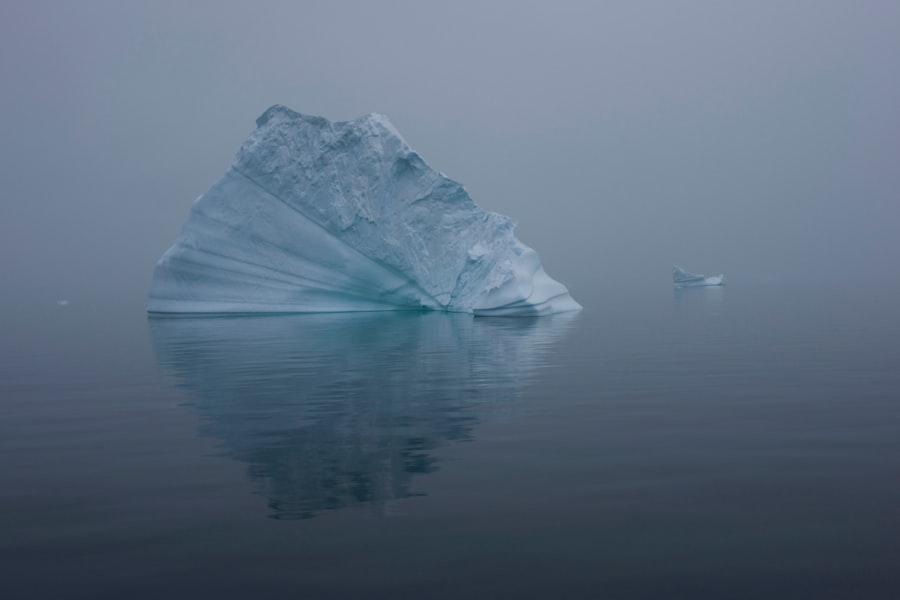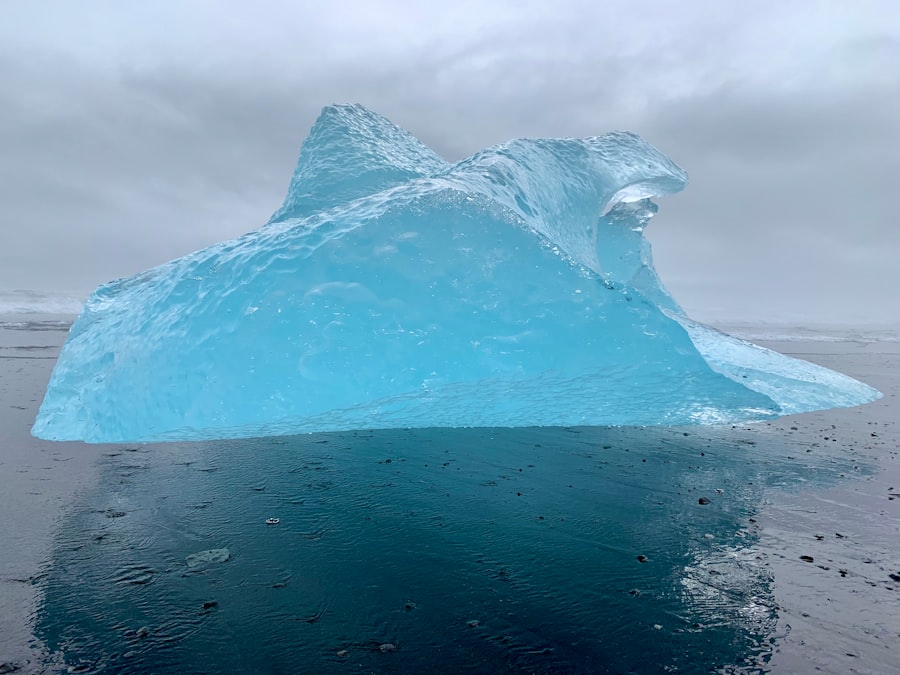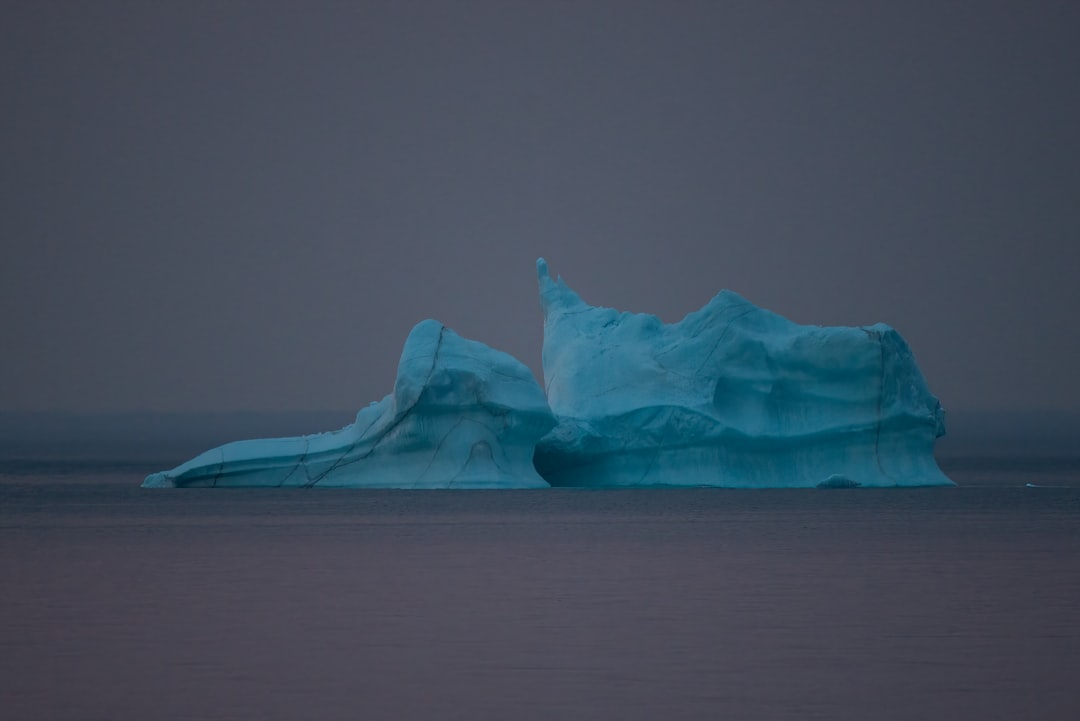The Drake Passage, a body of water located between the southern tip of South America and Antarctica, is renowned for its tumultuous seas and unpredictable weather. This narrow stretch of ocean, measuring approximately 800 kilometers (500 miles) wide, serves as a critical conduit for maritime traffic between the Atlantic and Pacific Oceans. Named after the English explorer Sir Francis Drake, who navigated these waters in the late 16th century, the passage has become a focal point for researchers, adventurers, and sailors alike.
Its unique geographical position not only makes it a vital route for shipping but also a significant area for studying oceanic and climatic phenomena. The Drake Passage is often characterized by its rough waters, which can be attributed to the confluence of powerful ocean currents and the absence of land barriers. The infamous “Drake Shake,” as it is colloquially known, can present formidable challenges to even the most seasoned mariners.
The unpredictable nature of the passage has led to a rich tapestry of stories and experiences, with many recounting their encounters with towering waves and fierce winds. As such, understanding the dynamics of this waterway is essential for anyone considering a journey through its depths.
Key Takeaways
- The Drake Passage is a treacherous stretch of water between South America’s Cape Horn and the South Shetland Islands of Antarctica.
- Icebergs pose a significant danger to ships navigating through the Drake Passage due to their unpredictable movement and potential for collision.
- Icebergs form from the calving of glaciers and can vary in size from small chunks to massive structures that can pose a threat to ships.
- Monitoring systems such as satellite imagery and radar are used to track the movement of icebergs in the Drake Passage to help ships navigate safely.
- Navigating around icebergs requires careful planning, constant monitoring, and adherence to established shipping lanes to minimize the risk of collision.
The Danger of Icebergs
One of the most significant hazards in the Drake Passage is the presence of icebergs. These colossal masses of ice, which can vary dramatically in size and shape, pose a serious threat to vessels navigating these waters.
The danger they present is not merely theoretical; there have been numerous incidents where ships have collided with icebergs, resulting in catastrophic consequences. The sheer size of icebergs can be staggering. Some can rise hundreds of feet above the waterline, while their submerged portions can extend even deeper into the ocean.
This hidden mass can create significant challenges for navigation, as vessels may not be able to gauge the true dimensions of an iceberg from a distance. Furthermore, the movement of icebergs can be unpredictable, influenced by ocean currents and wind patterns. This unpredictability adds an additional layer of risk for sailors traversing the Drake Passage.
Understanding Iceberg Formation

To comprehend the dangers posed by icebergs in the Drake Passage, it is essential to understand how these massive structures form. Icebergs originate from glaciers, which are large bodies of ice that accumulate over time from compacted snow. When glaciers reach the ocean’s edge, they can calve, or break off, creating icebergs that float into surrounding waters.
This process is particularly prevalent in regions like Antarctica, where vast ice sheets are constantly in motion. The formation of icebergs is influenced by various environmental factors, including temperature fluctuations and ocean currents. As global temperatures rise due to climate change, the rate at which glaciers calve into the sea has increased, leading to a higher frequency of icebergs entering the Drake Passage.
This phenomenon not only raises concerns for maritime safety but also highlights the broader implications of climate change on polar ecosystems and global sea levels.
Monitoring Icebergs in the Drake Passage
| Year | Number of Icebergs Detected | Iceberg Size (square kilometers) | Iceberg Drift Speed (kilometers per day) |
|---|---|---|---|
| 2018 | 112 | 5.6 | 0.8 |
| 2019 | 98 | 4.2 | 0.6 |
| 2020 | 120 | 6.8 | 0.9 |
Given the potential dangers posed by icebergs in the Drake Passage, monitoring these icy giants has become a priority for maritime authorities and researchers alike. Various technologies are employed to track iceberg movements and predict their trajectories. Satellite imagery plays a crucial role in this endeavor, allowing scientists to observe large-scale changes in iceberg distribution and size over time.
In addition to satellite monitoring, on-the-ground observations are vital for ensuring safe navigation through the passage. Research vessels equipped with advanced sonar technology can map underwater topography and identify submerged portions of icebergs that may not be visible from the surface. This combination of satellite data and real-time observations helps create a comprehensive picture of iceberg activity in the region, enabling mariners to make informed decisions while traversing these treacherous waters.
Navigating Around Icebergs
Navigating around icebergs in the Drake Passage requires skill, experience, and a keen understanding of maritime navigation principles. Sailors must remain vigilant at all times, constantly scanning the horizon for any signs of ice. The use of radar technology can aid in detecting icebergs that may be obscured by fog or rough seas.
However, radar alone cannot replace the need for visual observation; experienced crew members play an essential role in identifying potential hazards. When approaching an iceberg, it is crucial for vessels to maintain a safe distance. The general rule of thumb is to keep at least one nautical mile away from any visible iceberg.
This buffer zone allows for unexpected movements and provides ample time to react should an iceberg drift closer than anticipated. Additionally, mariners must be aware of prevailing currents and wind patterns that could influence an iceberg’s trajectory, further complicating navigation efforts.
Safety Precautions for Sailing in the Drake Passage

Sailing through the Drake Passage necessitates a comprehensive approach to safety precautions. Mariners should ensure that their vessels are equipped with all necessary safety gear, including life jackets, flares, and emergency beacons. Regular safety drills should be conducted to familiarize crew members with emergency procedures in case of an iceberg encounter or other unforeseen circumstances.
Weather conditions in the Drake Passage can change rapidly, so it is essential for sailors to stay informed about current forecasts and potential storm systems. Utilizing reliable weather forecasting services can help mariners anticipate adverse conditions and make informed decisions about their routes. Additionally, maintaining open lines of communication with other vessels in the area can provide valuable insights into iceberg sightings and weather updates.
The Impact of Icebergs on Wildlife
The presence of icebergs in the Drake Passage extends beyond maritime navigation; they also play a crucial role in supporting local wildlife ecosystems. These floating ice masses provide habitats for various marine species, including seals and seabirds that rely on them for breeding and resting. The cold waters surrounding icebergs are rich in nutrients, attracting krill and other small organisms that form the foundation of the food web in this region.
However, as climate change continues to alter iceberg dynamics and distribution patterns, there are concerns about how these changes will impact local wildlife populations. The loss of stable iceberg habitats could disrupt breeding cycles for seals and seabirds, leading to declines in their populations. Understanding these ecological connections is vital for conservation efforts aimed at protecting both marine life and their habitats in the face of ongoing environmental changes.
Historical Incidents Involving Icebergs in the Drake Passage
Throughout history, there have been numerous incidents involving icebergs in the Drake Passage that serve as cautionary tales for mariners. One notable event occurred in 1914 when Ernest Shackleton’s ill-fated expedition aboard the Endurance encountered treacherous ice conditions while attempting to cross the Antarctic continent.
Another significant incident took place in 1982 when the cruise ship MS Explorer struck an iceberg while navigating through the Drake Passage. The collision resulted in a rapid influx of water into the vessel, leading to its eventual sinking. Fortunately, all passengers were rescued by nearby ships, but this incident underscored the inherent dangers associated with navigating icy waters.
Climate Change and Iceberg Movement
The effects of climate change are increasingly evident in polar regions, with rising temperatures contributing to accelerated glacier melting and altered iceberg movement patterns. As glaciers retreat at an alarming rate due to warming temperatures, more ice is calving into the ocean than ever before. This influx of icebergs poses heightened risks for vessels traversing the Drake Passage while also raising concerns about global sea level rise.
Moreover, changing ocean currents resulting from climate change can influence how icebergs drift through the passage. These shifts may lead to increased encounters between vessels and icebergs as they navigate through altered pathways. Understanding these dynamics is crucial for developing effective strategies to mitigate risks associated with iceberg navigation in a changing climate.
Tips for Safe Passage Through the Drake Passage
For those daring enough to traverse the Drake Passage, several tips can enhance safety during this challenging journey. First and foremost, thorough preparation is key; sailors should familiarize themselves with navigation charts specific to the region and stay updated on iceberg reports from reliable sources. Investing in high-quality navigation equipment can also improve situational awareness while at sea.
Additionally, maintaining a flexible itinerary allows sailors to adapt their plans based on real-time conditions. If weather forecasts indicate worsening conditions or increased iceberg activity, it may be prudent to delay or alter course rather than risk navigating through dangerous waters. Lastly, fostering a culture of communication among crew members ensures that everyone remains vigilant and aware of potential hazards throughout the journey.
Respecting the Power of Icebergs in the Drake Passage
The Drake Passage stands as a testament to nature’s raw power and beauty, with its icy giants serving as both awe-inspiring landmarks and formidable obstacles for those who dare to navigate its waters. Understanding the dynamics surrounding icebergs—ranging from their formation to their impact on wildlife—highlights the importance of respecting these natural phenomena while recognizing their potential dangers. As climate change continues to reshape our planet’s landscapes and ecosystems, it becomes increasingly vital for mariners to remain informed about iceberg activity and adopt best practices for safe navigation through this challenging passage.
By fostering a deep respect for both the power of nature and our responsibility as stewards of the environment, sailors can honor the legacy of those who have traversed these waters before them while ensuring safe passage for future generations.
The Drake Passage is a significant body of water that serves as a natural boundary between the southern tip of South America and Antarctica. It is known for its challenging navigation conditions and the presence of icebergs, which can pose a threat to vessels traversing this route. For those interested in learning more about the geographical and historical significance of the Drake Passage and its surrounding areas, a related article can be found on MyGeoQuest. This article provides insights into the unique environmental conditions and the challenges faced by explorers and modern-day navigators. You can read more about it by visiting this page.
WATCH NOW! Drake Passage: Earth’s Deadliest Waters Revealed
FAQs
What is the Drake Passage?
The Drake Passage is the body of water between the southern tip of South America and the northern tip of the Antarctic Peninsula. It is known for its rough seas and strong winds, making it one of the most challenging maritime routes in the world.
What is a Drake Passage iceberg?
A Drake Passage iceberg is an iceberg that is found in the waters of the Drake Passage. These icebergs can vary in size and shape, and are often formed from the calving of glaciers in the Antarctic region.
Are Drake Passage icebergs a hazard to navigation?
Yes, Drake Passage icebergs can pose a hazard to navigation for ships passing through the area. The presence of icebergs in the waters can increase the risk of collisions and damage to vessels.
How are Drake Passage icebergs monitored and tracked?
Drake Passage icebergs are monitored and tracked using satellite imagery and data from various international organizations and research institutions. This information is used to provide warnings and advisories to ships navigating through the area.
What are the potential impacts of Drake Passage icebergs?
The potential impacts of Drake Passage icebergs include the risk of ship collisions, damage to vessels, and potential environmental impacts if an iceberg were to run aground and cause an oil spill or other pollution.
